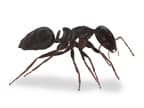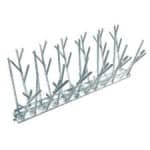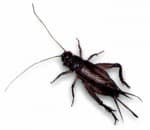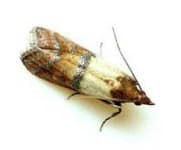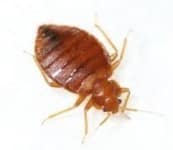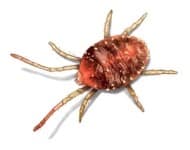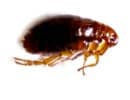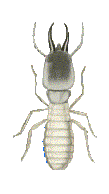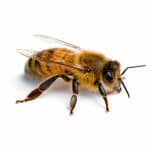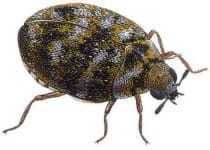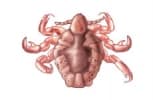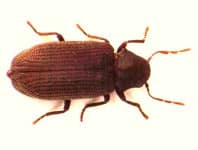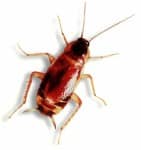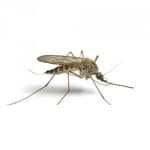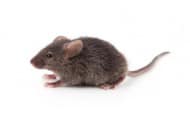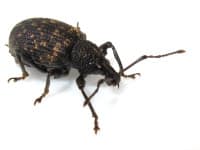PEST INFORMATION
Flies Pest Control & Treatment
DRAIN FLIES

While they pose little danger to your home, drain flies can be a major nuisance and can lower the levels of hygiene in your kitchen, bathroom and any other areas where you might find a drain in your home.
Do you have a drain fly problem?
Fuzzy, dark and grayish insects, drain flies measure about 3-5mm in length. They are also very poor fliers; you’ll recognise them by their short, jerky movements in flight.
Generally, a drain fly infestation occurs when sinks are partly clogged; the creatures lay eggs in the gelatinous muck or slime that can accumulate on the edges of your pipes or in sewage disposal beds, septic tanks and moist compost.
Drain fly control
While pouring boiling water or bleach down the drain is often touted as a remedy, the only real way to eliminate drain flies is to eliminate the conditions in which their eggs, pupae and larvae can be found.
Eggs hatch in 32 to 48 hours and progress through the larvae and pupae stages in 10-15 days to become adults. Since the adult life cycle is around two to three weeks, with old ones dying and new ones emerging constantly, the only way to truly eliminate this pest is to end the cycle by removing the breeding site.
Once the breeding site has been removed, all that remains is the adult flies. They will continue their life cycle, living for two to three weeks, but since they will have nowhere to lay their eggs, the problem will disappear as soon as they die.
COMMON HOUSE FLIES

We’re all used to swatting flies away from our food during the summer months, but it’s easy to forget just how dangerous these pests can be.
There are over 100 pathogens associated with the common house fly, including salmonella, E. coli, and staphylococcus. These can cause diseases such as typhoid, dysentery, cholera, hepatitis, polio, tuberculosis, and much more.
Flies spread disease rapidly because they breed in disease-filled garbage, rotten food, pet faeces, and manure; they then move quickly into human environments where food may be present.
They deposit huge amounts of disease-filled bacteria every time they land, causing sickness in humans and destroying billions of dollars worth of agricultural products every year.
Treating a common house fly infestation
Flies are a pest known throughout the world – in fact, the polar ice caps are the only places where you won’t find them!
They are difficult to control because they multiply prolifically, particularly in warmer months; their life cycle can progress from egg to adult in just 10 days during these periods. What’s more, one pair of flies can produce more than one million offspring in just an eight-week period.
While individual flies – particularly those that have entered the home – can be controlled with insect spray, it’s the nearby hatching of larvae that will be the key source of a fly infestation.
Keeping garbage bins clean with their lids securely closed is an important way to reduce the dangers, while you should also ensure pet faeces and rotting food are not left lying around.
KR Pest Control can also provide a general pest treatment that includes dusting and spraying common pest harbourage areas.
FERMENTATION FLIES
Often inaccurately referred to as “fruit flies,” fermentation flies or vinegar flies are generally found in the presence of over-ripe fruit and vegetables. You can usually spot them hovering around such fresh produce, as well as in garbage cans, baked goods containing yeast, and beverages including beer, wine, cider, soft drinks and fruit juices.
Dull brownish-yellow or brownish black in colour, roughly 3-5 mm in length and sometimes with red eyes, these insects are most likely to appear during the summer when fruits ripen and start to ferment. They are common nuisances in any location that may contain rotting vegetative manner, including homes, restaurants, grocery stores and fruit markets.
Eliminating fermentation flies
While using insect sprays will kill adult fermentation flies, their larvae will continue to develop unless potential food sources are found and eliminated. Female fermentation flies lay between 500 and 2000 eggs near the surface of moist, fermenting food material; eggs hatch in a little over 24 hours.
You can help matters by ridding your home of over-ripe fruit and rotting vegetables; this may include removing fruit that has fallen from a tree in your backyard. If there is no fruit or vegetable matter in your kitchen or around your home, your next step is to check your garbage and recycling bins and ensure they are emptied regularly. Eventually, depriving the fermentation flies of the food in which they breed will cause them to die out.
All Pests
Our Difference
Eco Friendly Products
We use eco-friendly pest control products that are safe for children & pets. We care about our planets' future.
Commercial, residential & strata
From large commercial scale projects to residential pest control solutions for the home and apartment building complexes, we have got you covered. Read more about our pest control services here.
Looking for specific information?
Are you after specific information about a certain pest? Comb through our pest archive here.

over
YEARS ESTABLISHED
over
COMPLETED SPRAYS
Send Us a Message




